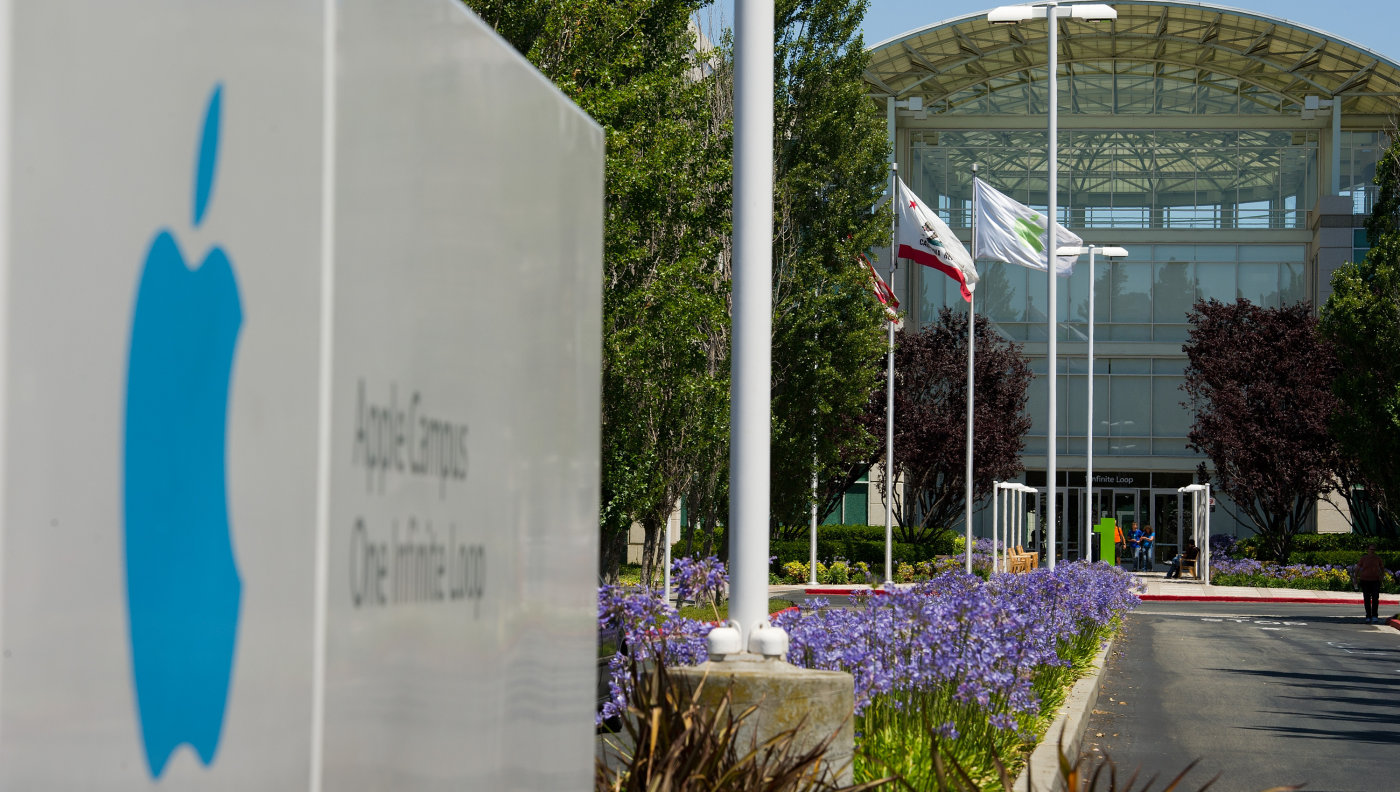Editor’s note: Vivek Ravisankar is the CEO and co-founder of Y Combinator graduate and TechCrunch Disrupt Battlefield alum HackerRank, the platform that is used by programmers to hone their skills and by companies to recruit great tech talent.
Like the Western black rhino, hieroglyphics and video stores, college career fairs may soon be a relic of the past — particularly when it comes to recruiting software engineers.
Undergraduate enrollment in computer science programs continues to rise impressively, growing by double digits year-over-year. Pair that with the fact that employer demand for computer science majors is very steep — with CS majors earning some of the highest starting salaries in the country — it’s obvious that computer science and engineering knowledge is more valuable today than ever before. So why are universities and employers alike scrambling to keep up? Why is it seemingly so difficult to find skilled developers?
The truth is, many colleges don’t have the resources to satisfy the unprecedented demand for computer science education, nor to keep up with the rapidly changing world of technology — not only in terms of the actual technology, but also the explosion of culture and “cool factor” around the industry itself. And companies across all industries — from finance, to energy, to retail — are in search of great developer talent, because everyone needs software and skilled coders to build it. The companies that aren’t traditionally tech-savvy are playing catch-up using antiquated methods, like looking through newspapers, using unpaid (and unpopular) internships, and attending boots-on-the-ground-style career fairs.
While this seems logical, these methods are wildly outdated and will get you nowhere in the race for developers. In the arms race for talent, there’s one place that has become the new career fair for developer talent: hackathons.
Real World vs. Classroom
The employment crisis of 2008-2009 left hordes of graduates without jobs. The tech industry was one of the few where companies continued to actively hire, and President Obama famously asked students nationwide to learn computer science in order to revive the struggling economy.
However, computer science is one of the few fields where a degree from a prestigious university is becoming less of an advantage than it used to be. A degree does not guarantee that someone is capable of writing great code. Popular coding languages and technology trends move so fast that academia cannot keep up. Thus, students, people looking to switch careers, or anyone with an interest in coding, are seeking out other opportunities to learn, and myriad code academies and online programs like General Assembly, Code.org, Codecademy and Devbootcamp have emerged to satisfy this demand.
So what does all this mean? Well, for one, the best developer candidates aren’t necessarily at the universities you’d expect. Two, aspiring developers (even those enrolled in CS programs) are seeking opportunities to gain engineering experience outside of formal educational settings. Three, those students are also seeking new environments to showcase their abilities, and four; employers need better ways to validate a potential hire’s coding chops than a resume.
And these are just a few of the trends causing the decline of the college career fair and the growth of the hackathon.
Enter Hackathons
A record 1,500 hackathons are planned for 2014. They take many forms, but the underlying idea is for teams to take nascent ideas and turn them into reality as quickly as possible using code. In terms of size, they can range from a physical gathering of 20 developers to a digital gathering of thousands, with prizes ranging from bragging rights and free pizza all the way up to sizable cash payouts and lucrative jobs.
Not all hackathons have the same goals or structure. Some are sponsored by companies looking to directly stimulate product innovation, as in the case of Salesforce.com and PayPal. Others are dedicated to supporting developers from under-represented groups, or to come up with solutions to problems like hunger or conflict in the Middle East. And others are simply contests created to find great talent. With so many hackathons taking place online, it has become an incredibly broad pool of talent to see in action — from places that companies otherwise would not have access to or even be in contact with at all.
One area that’s seeing big growth in the hackathon world is the university hackathon. HackerRank recently had 17 different company-sponsored hackathons for college students on the platform in one day alone. These on-campus hackathons are part career fair, part classroom and are centered around yielding the “real-world experience” that both students need and employers want to see. They provide a powerful way for students to show off their skills, creativity and talent, while giving companies a forum to simultaneously vet and possibly even recruit potential hires.
Some of the biggest university hackathons are HackMIT, PennApps, and MHacks at the University of Michigan, which are often organized by student coding communities like IEEE and ACM. These hackathons are also easy for companies to sponsor — Facebook and Venmo have sponsored PennApps in the past, and Uber, Salesforce, Quixey, Kik, Lyft, Chrysler, and Bloomberg are sponsoring MHacks this year. State Farm and even Dominos Pizza are also sponsors, demonstrating that companies across industries are looking for developers at these prestigious events.
The business world is changing, making this a smart move. Companies are realizing that a glossy booth and free T-shirts at a once-a-year career fair just doesn’t cut it anymore.
On-Campus vs. Off-Campus vs. Virtual: It’s More Than a Matter of Taste
On-campus hackathons help employers raise awareness of their brands, and also allow for pinpointed targeting of specific students. For example, an employer that hosts an event at MIT gets direct access to MIT students. These events are much more personal, enabling direct interaction with the coders and giving employers the chance to see them in action — usually with large amounts of pizza and Red Bull involved. The events can take place over 24 hours, or over the course of an entire weekend, and are usually promoted across campus to pull in participants.
Off-campus hackathons can also be used to attract new talent or to solve internal problems — and are more lenient in terms of what can and cannot be done. Comcast and NBC Universal’s Hackathon is a prime example of this. The competition was aimed at finding “more unique video and Internet experiences for media subscribers,” and judges included venture capitalists, tech influencers and NBC/Comcast executives. Hackathons are drawing the attention and participation of celebrities, venture capitalists, startup execs — and their presence is a great way to boost the credibility of the event and attract more competitors.
Virtual hackathons have different approaches that deliver different benefits. These events are often held as a partnership between a coding platform like ours and a company sponsor, and usually offer more “bang for your buck.” While physical hackathons can cost hundreds of thousands of dollars, online versions typically cost between $5,000-$10,000 and are well-suited for businesses looking to cast a net over a wide group of people (since coders who can’t travel to a physical event are able to participate). This exponentially expands your reach, and allows you to compete for the global talent pool — rather than compete for attention with every other company in a certain area.
Virtual hackathons, while being less personal, open you up to a pool of talent that you didn’t even know was there. For example, a recent hackathon we organized attracted over 8,000 students. Even if an employer is only interested in the top 10%, that is still 800 prospective hires. Virtual coding contests also require less event planning, because there are no travel stipends, meals, or security forces to coordinate — it let’s programmers get right to the nitty gritty of the problem they’re given, and start hacking.
Be Smart: Hack Your Recruiting
Hackathons, whether they take place in a university gymnasium, conference center or online, enable an unprecedented degree of interaction between employers and potential hires. At HackerRank, we’ve seen some amazing things happen when students, universities, and companies come together through code. We’ve seen brilliant products built seemingly overnight. We’ve seen students find employers that weren’t even on their radar, and recruiters find developers they may never have encountered otherwise. The greater levels of interaction and engagement pay off for everyone in the end.
Where do you think is the best place to find the best developer talent? Have you found rock-star developers by meeting them at hackathons? I’d love to hear your thoughts in the comment section.





Post a Comment
EmoticonClick to see the code!
To insert emoticon you must added at least one space before the code.